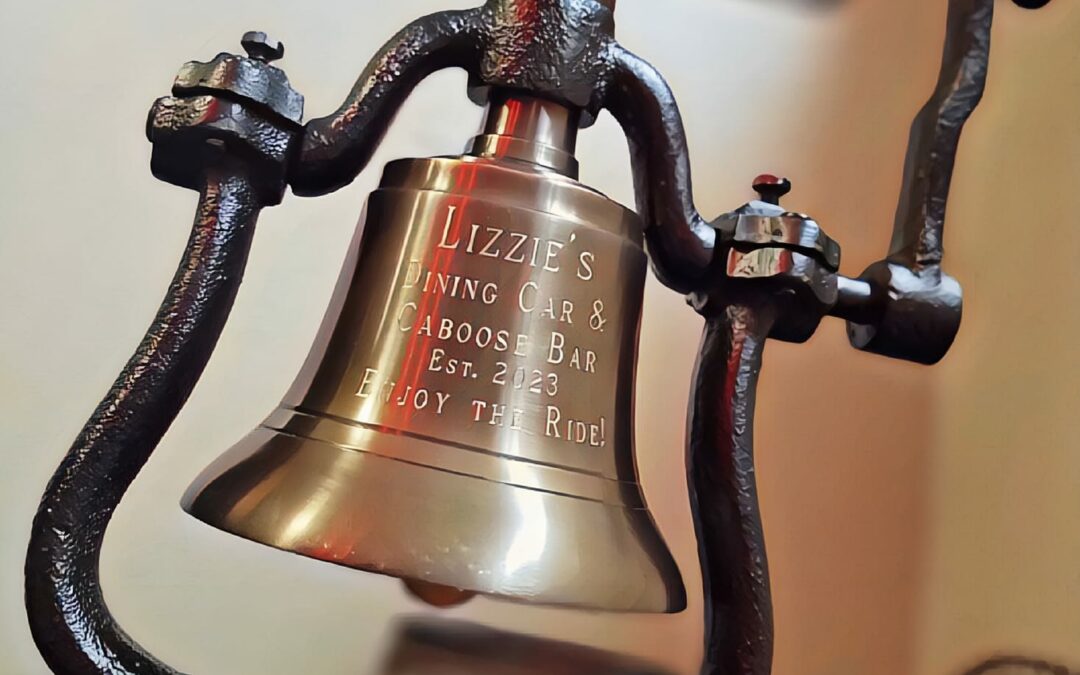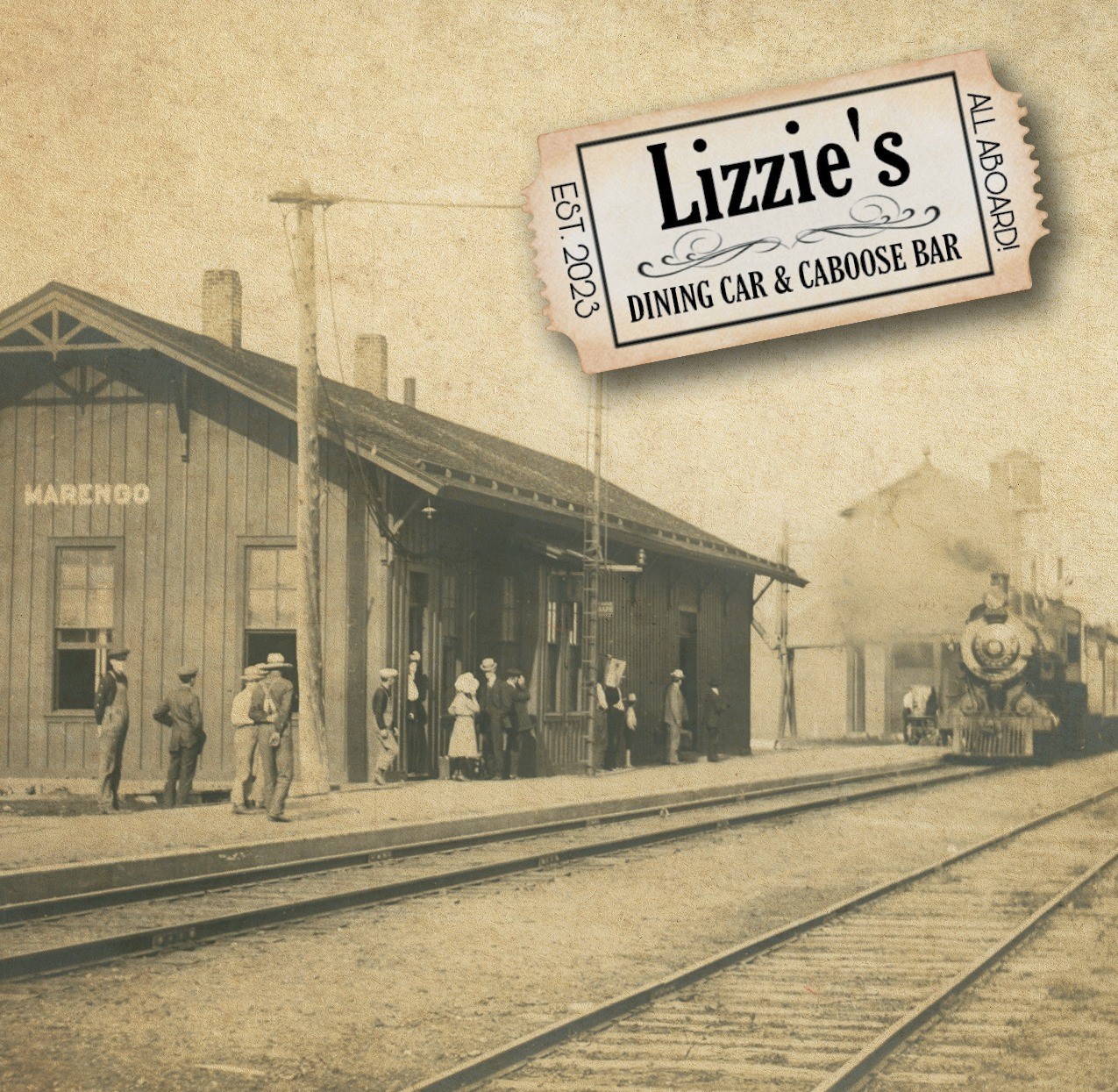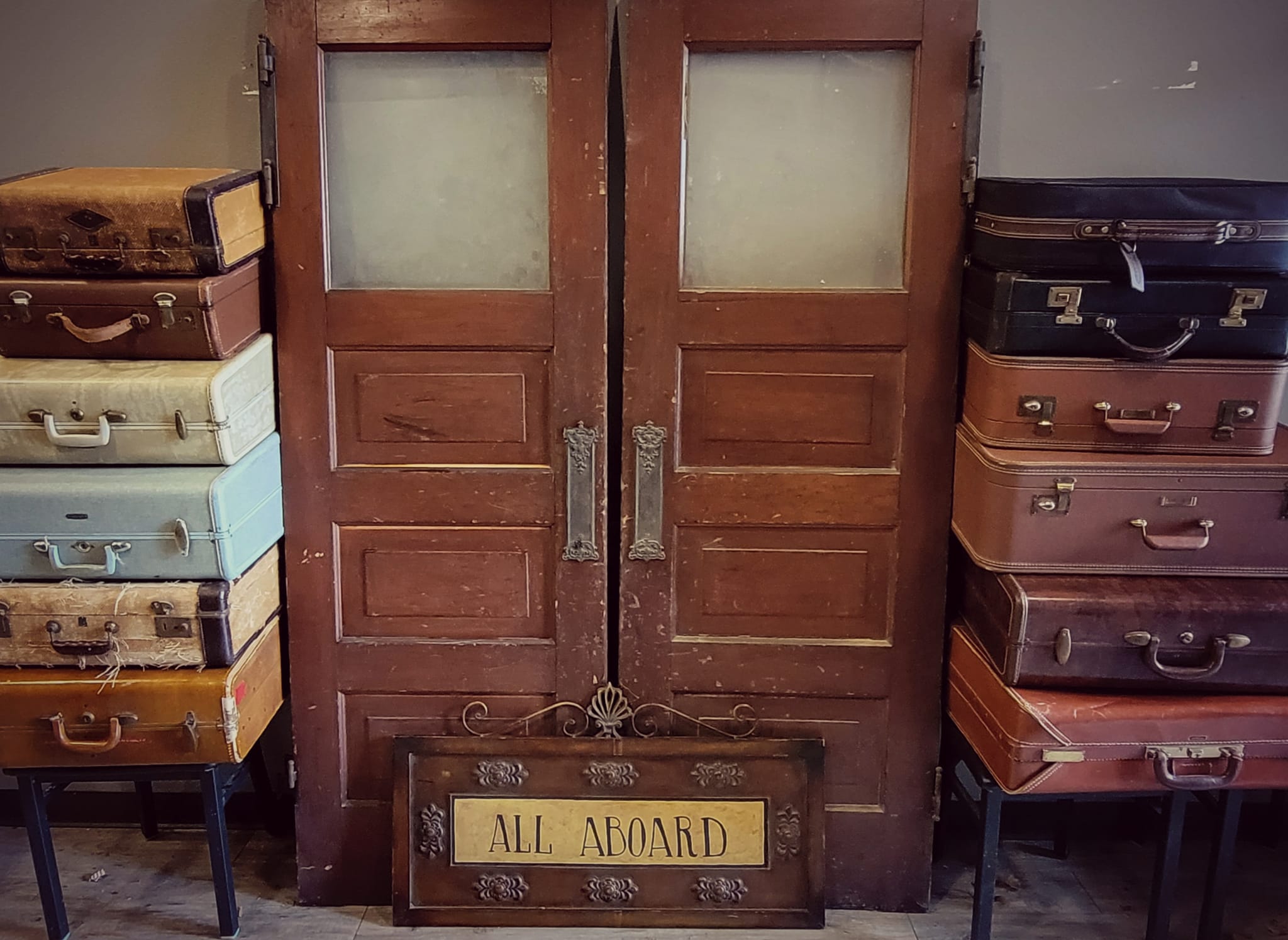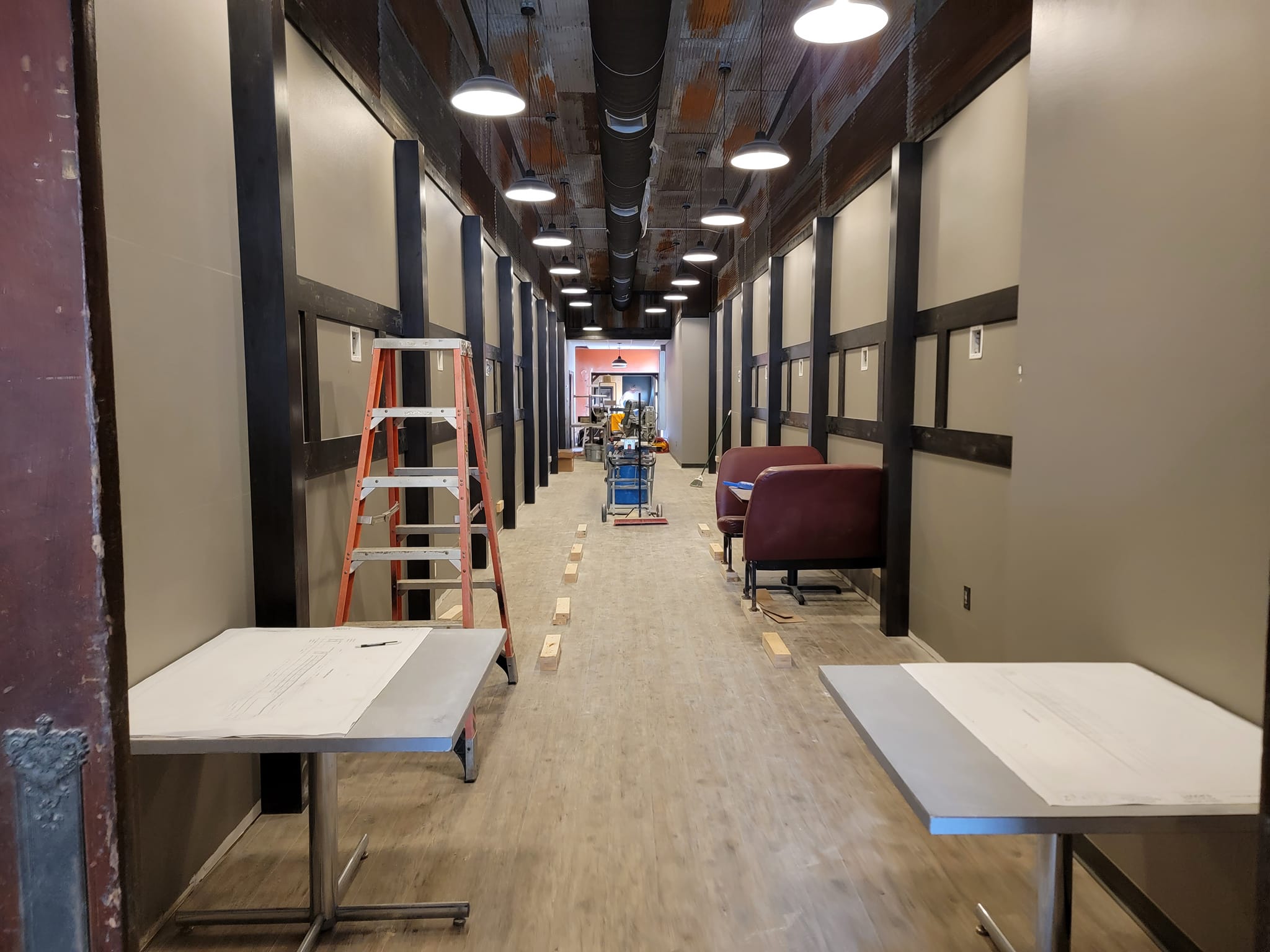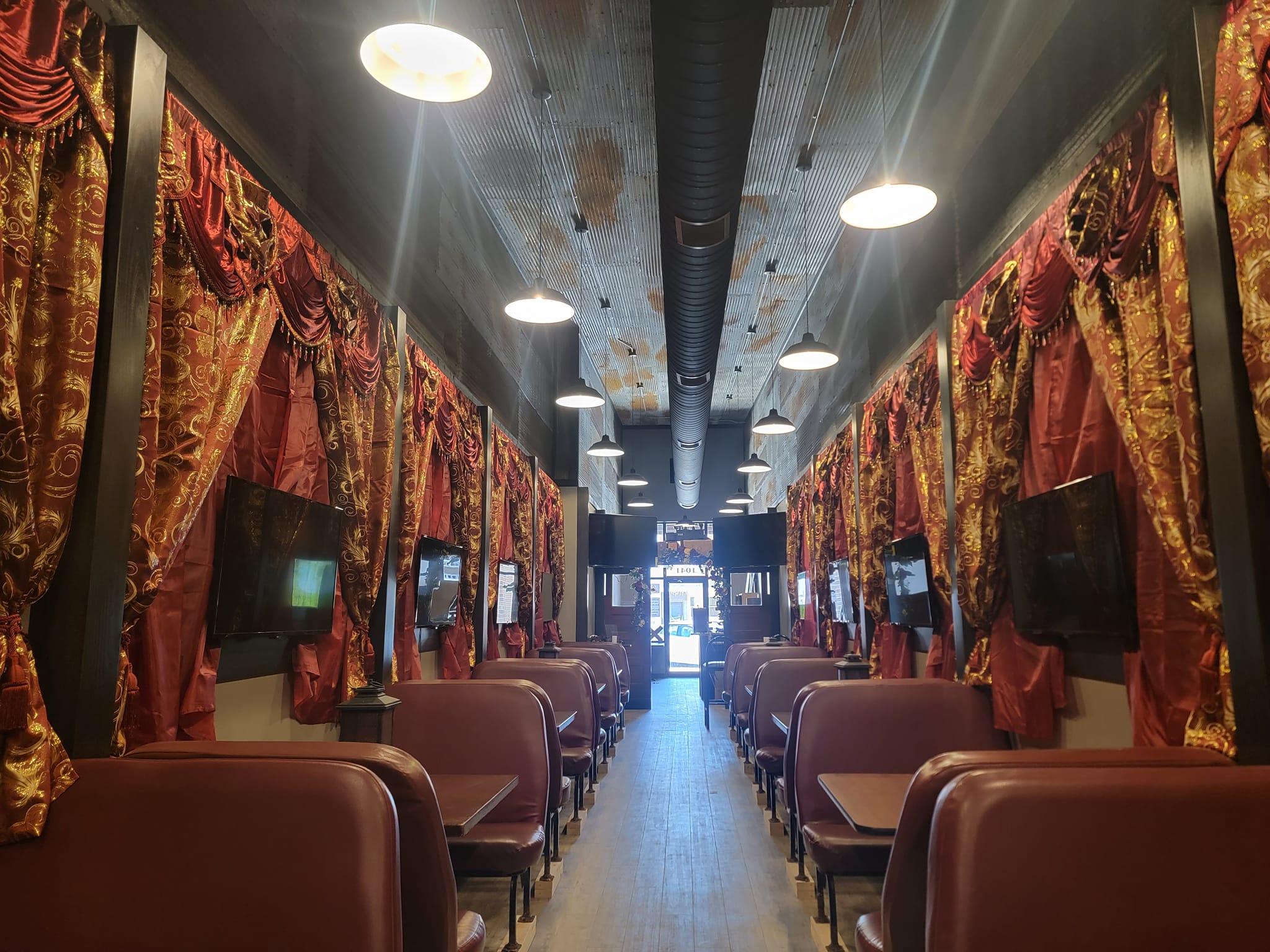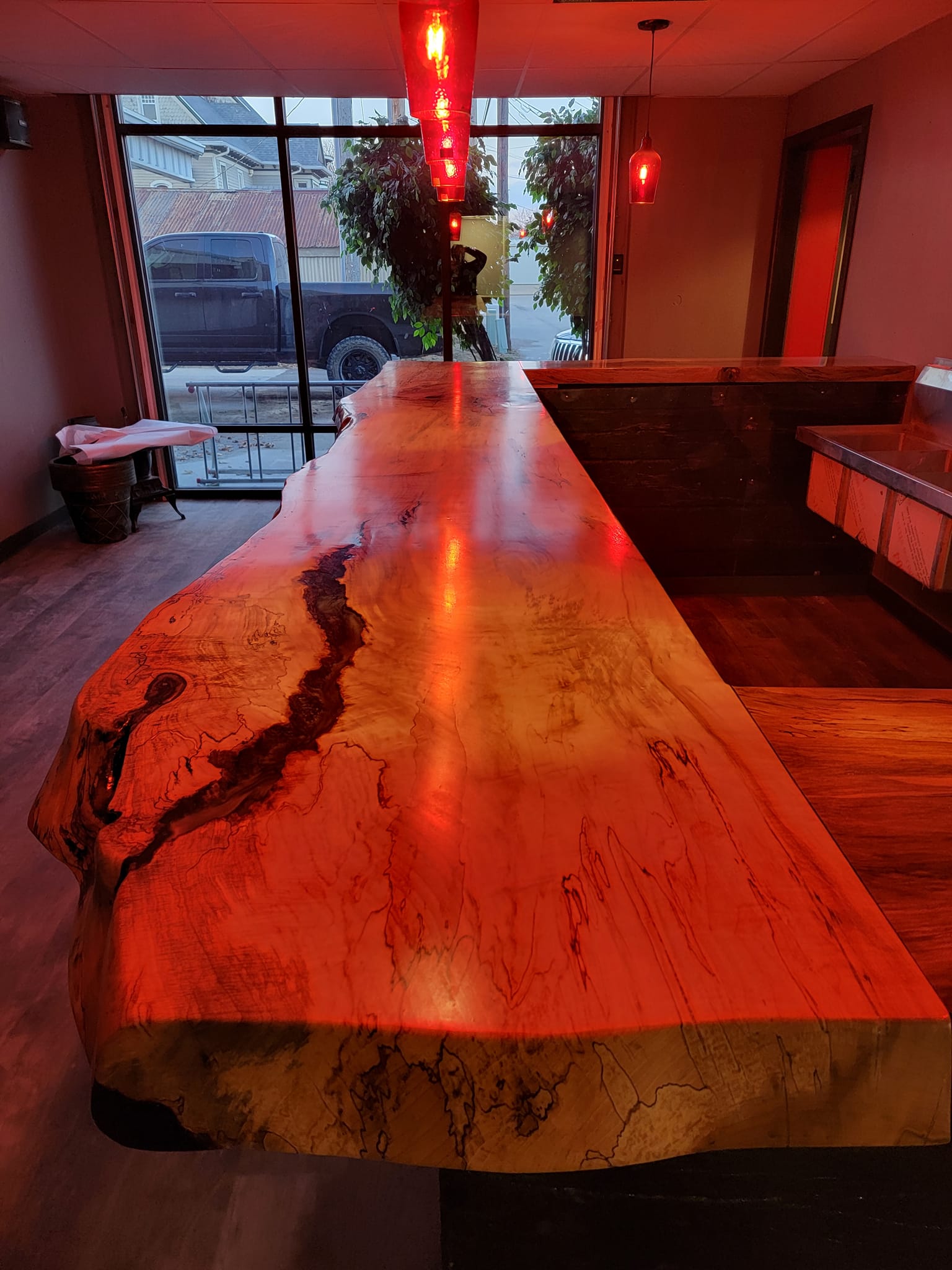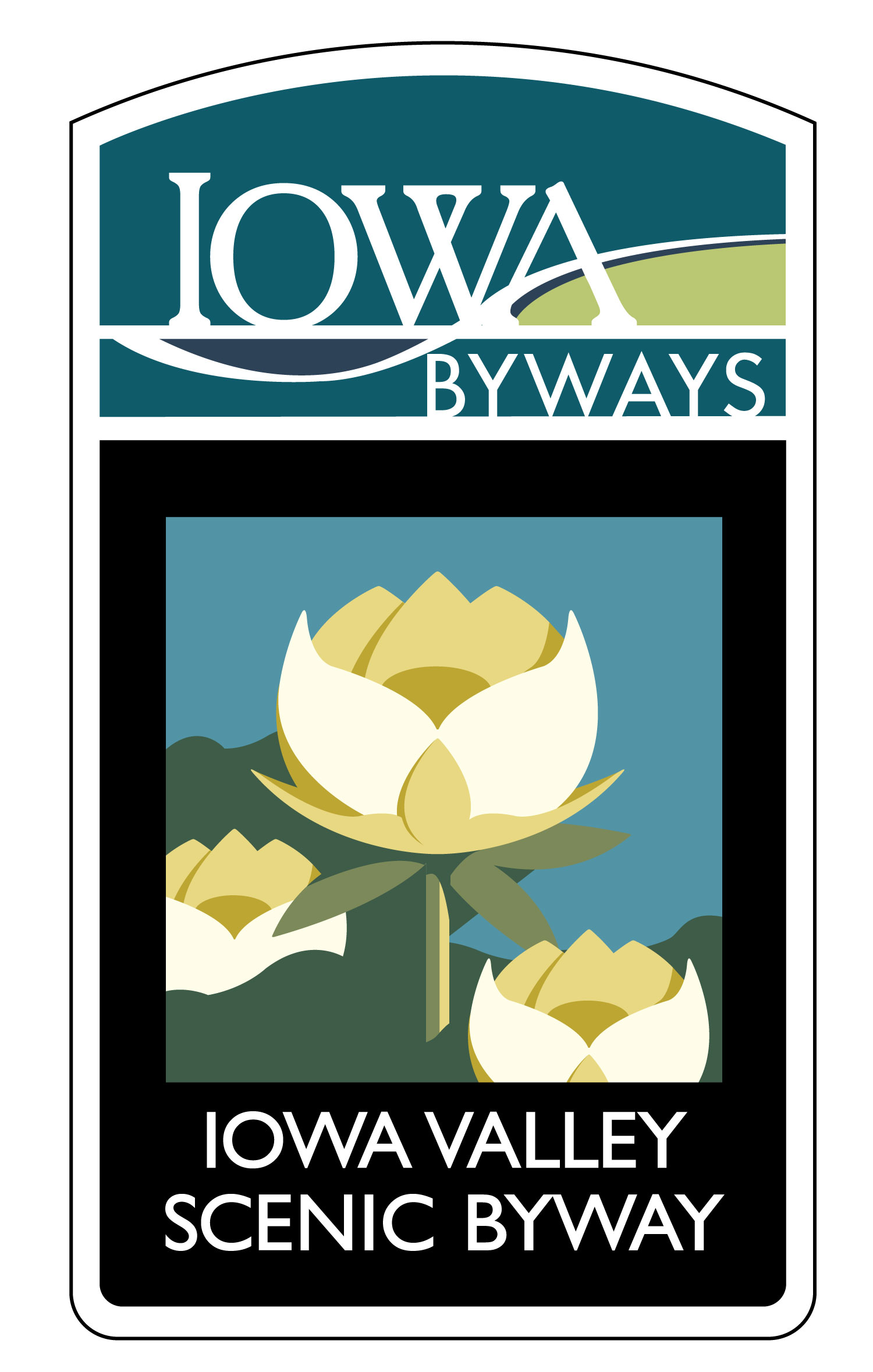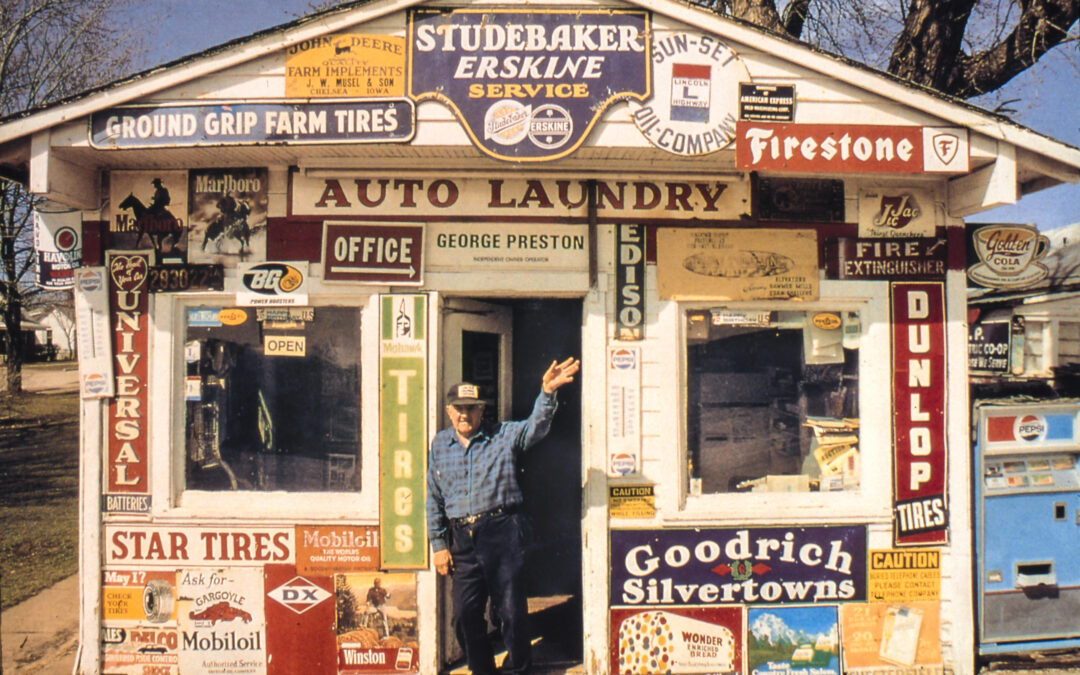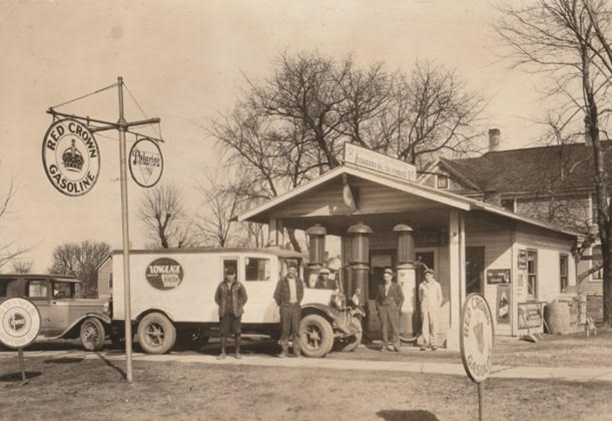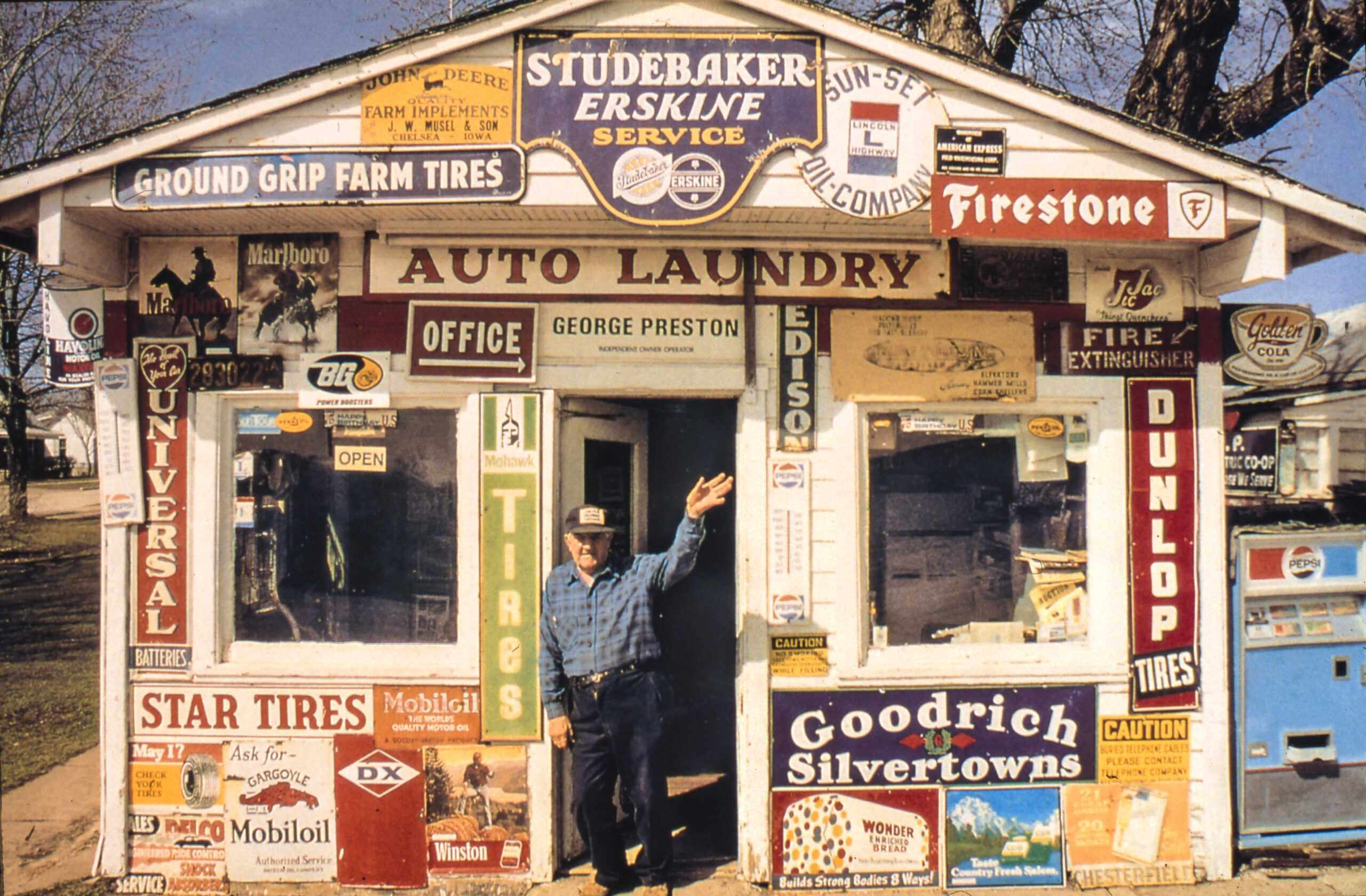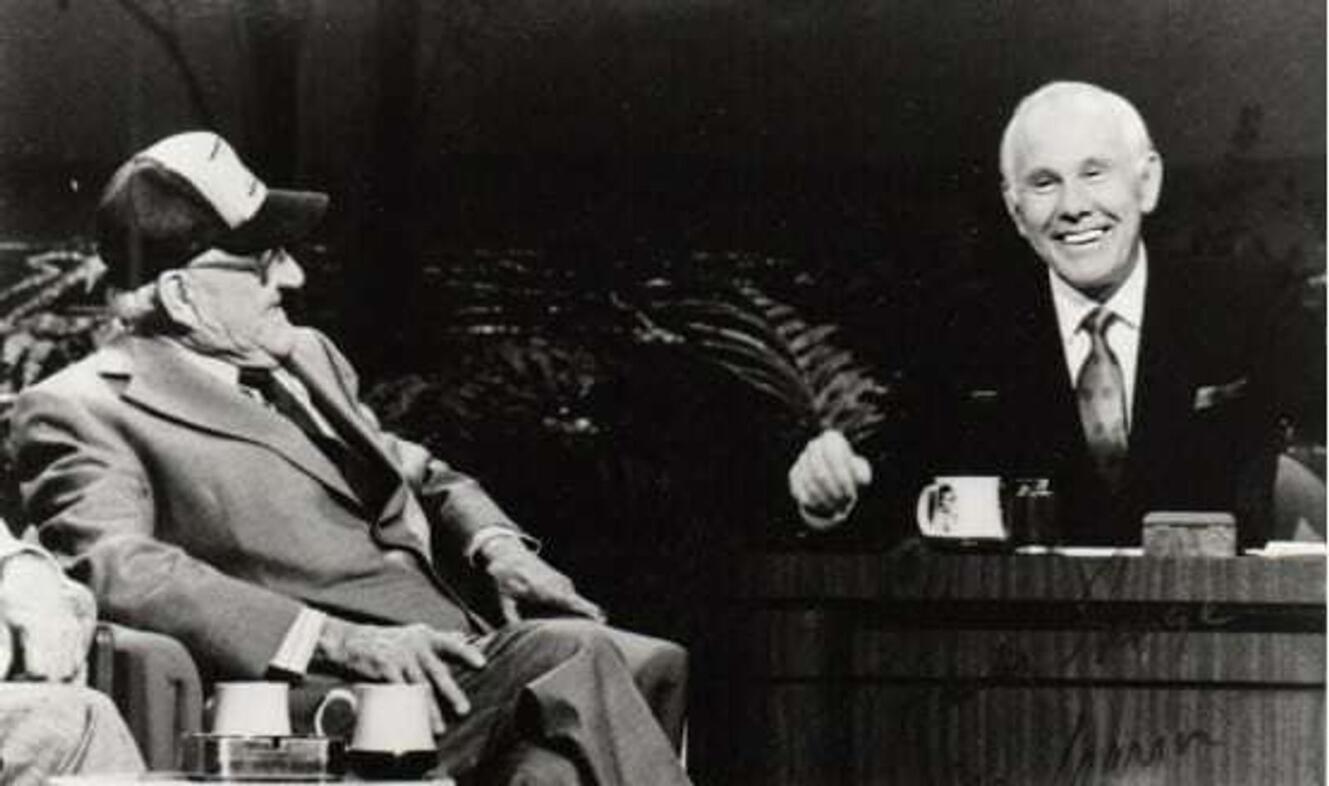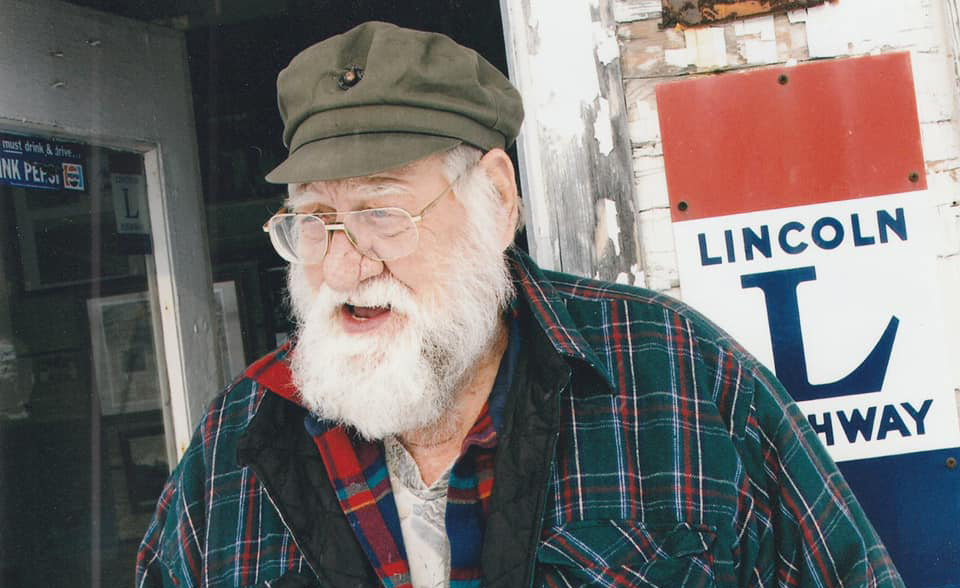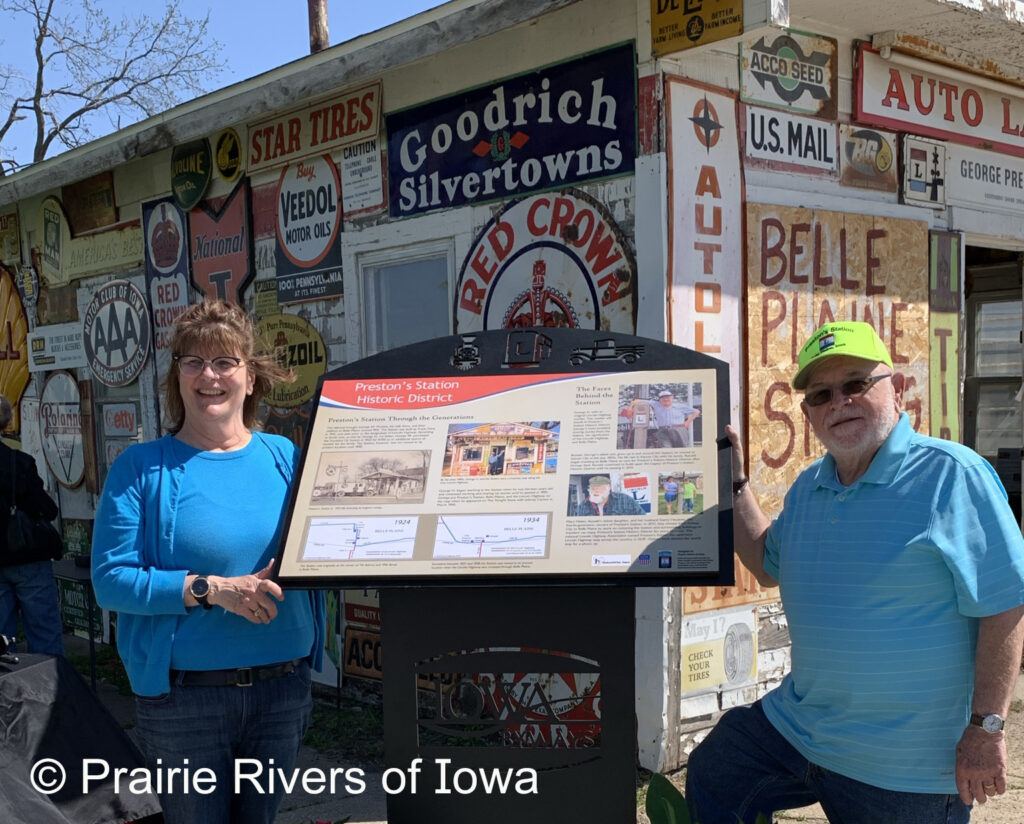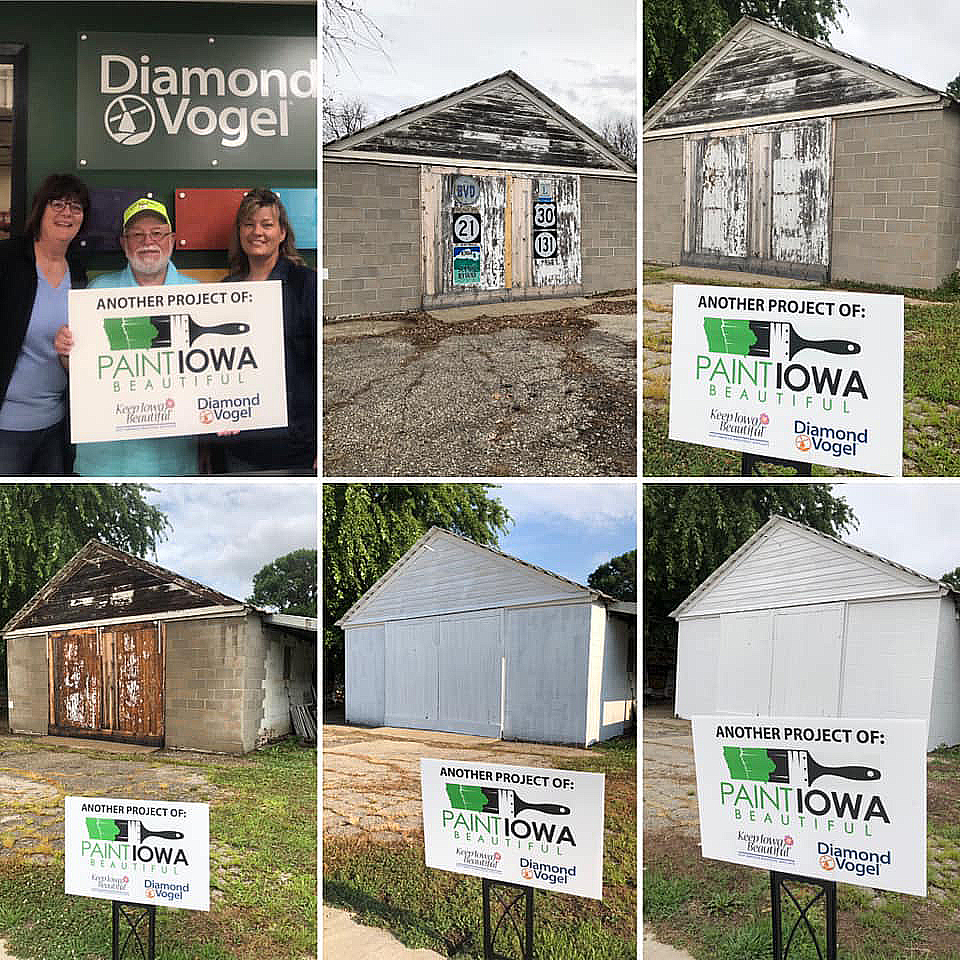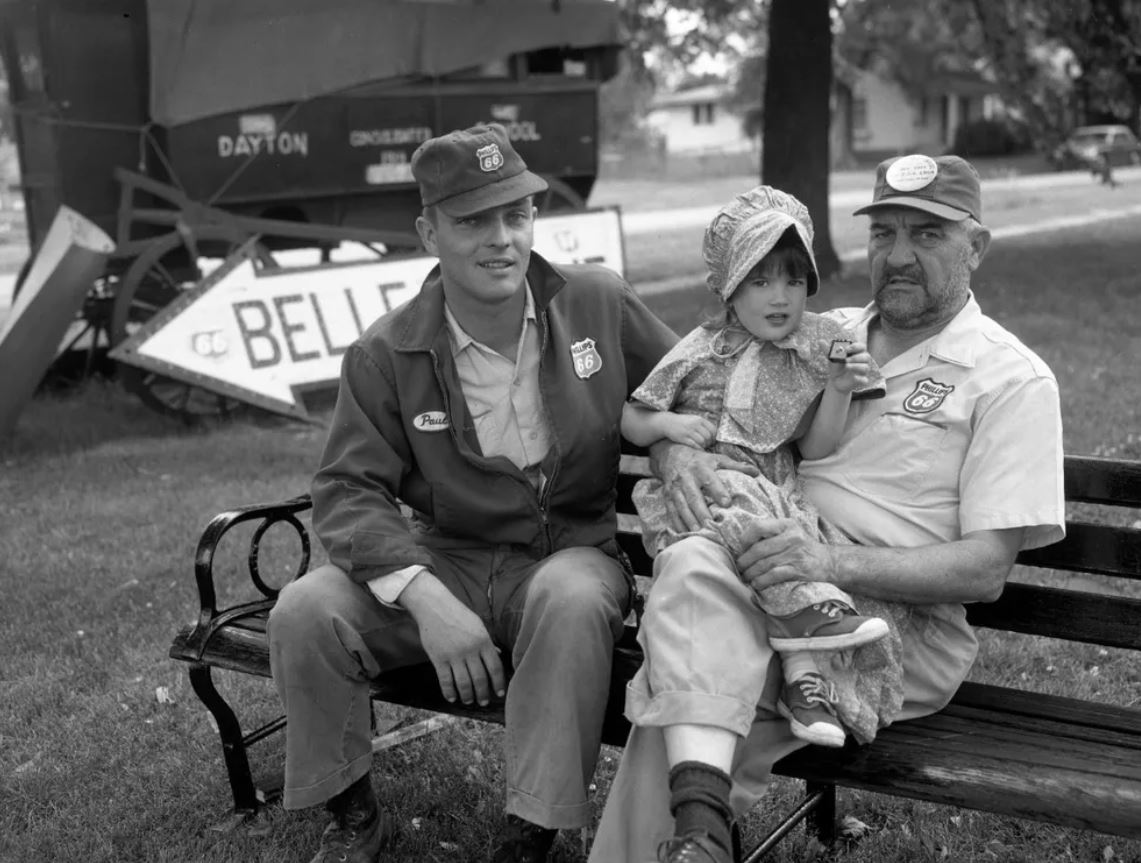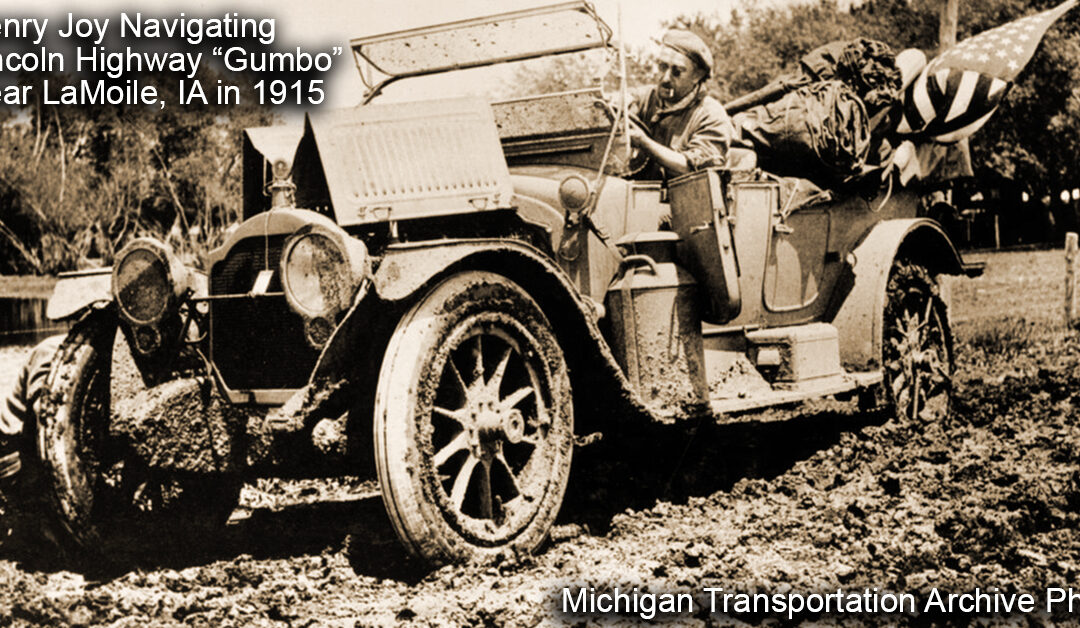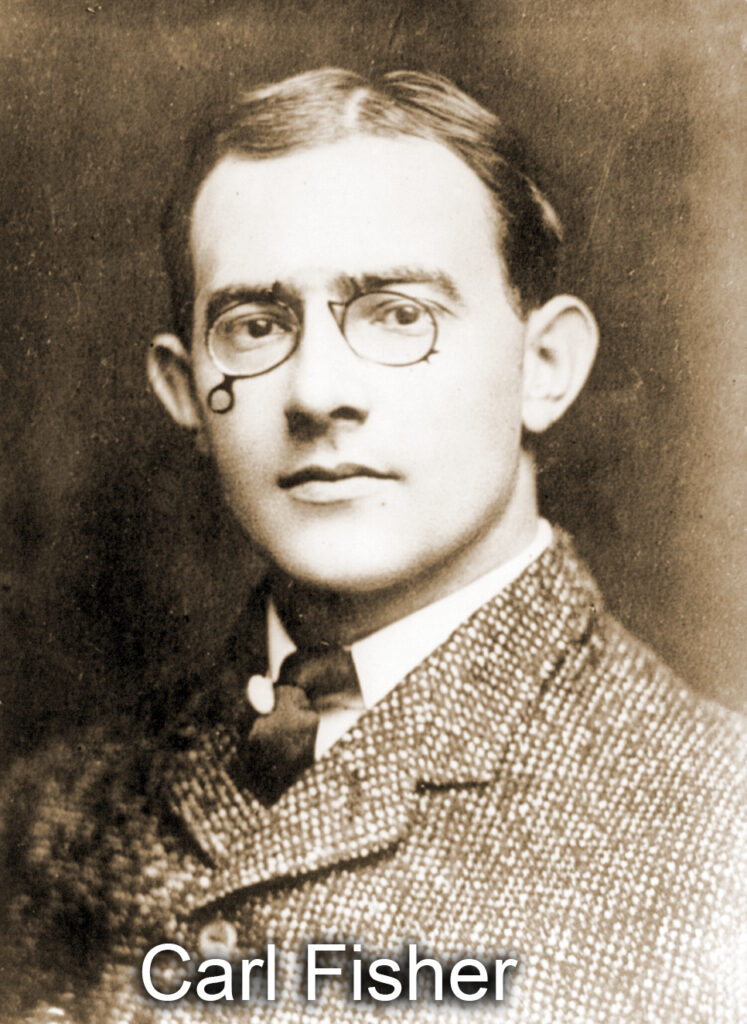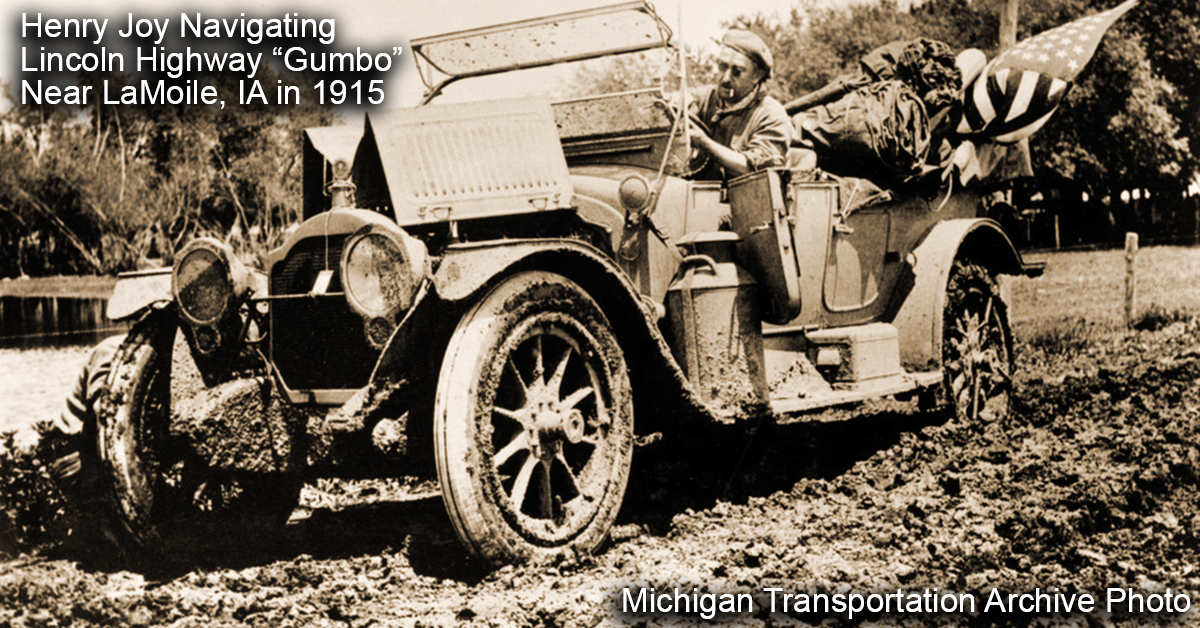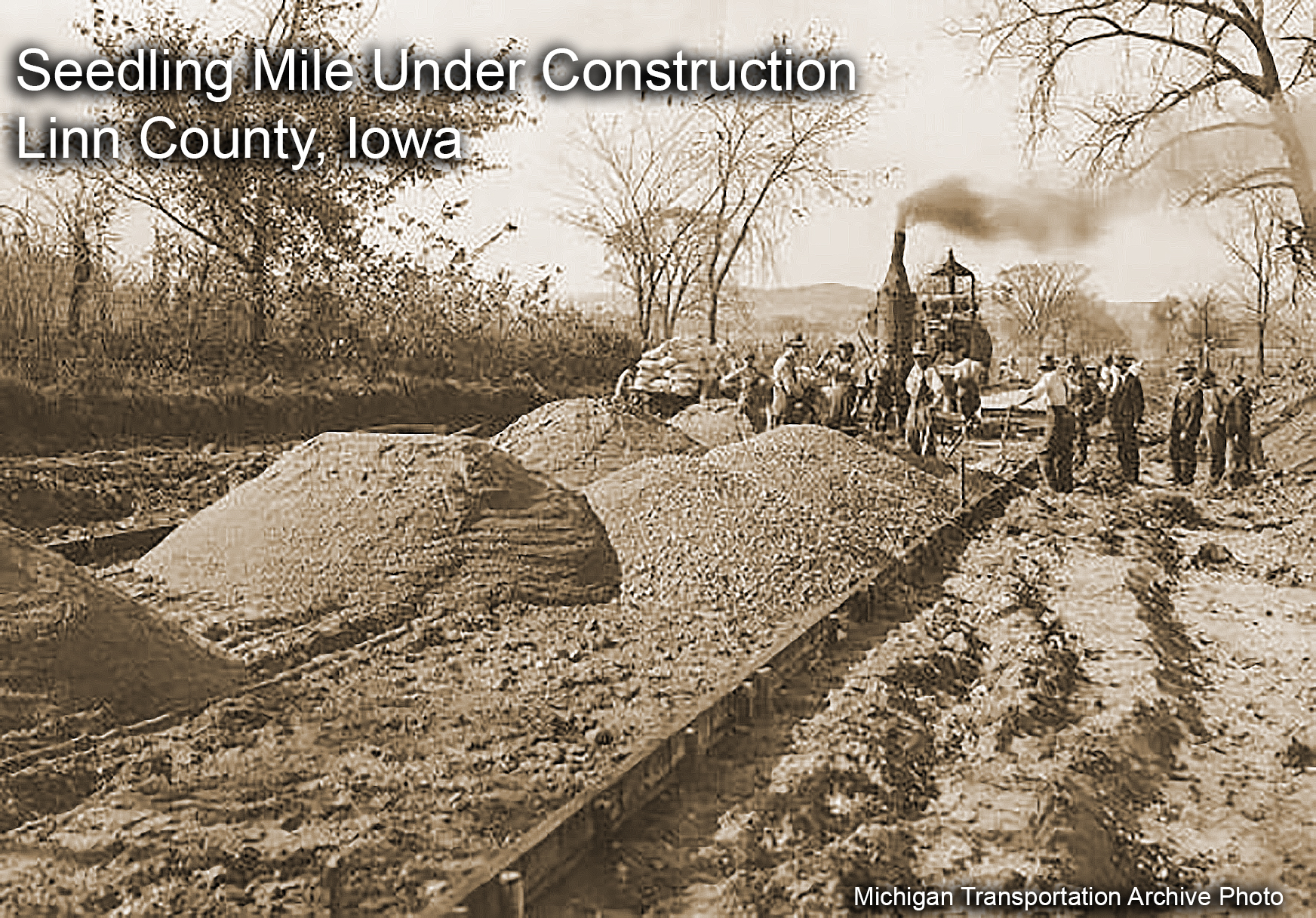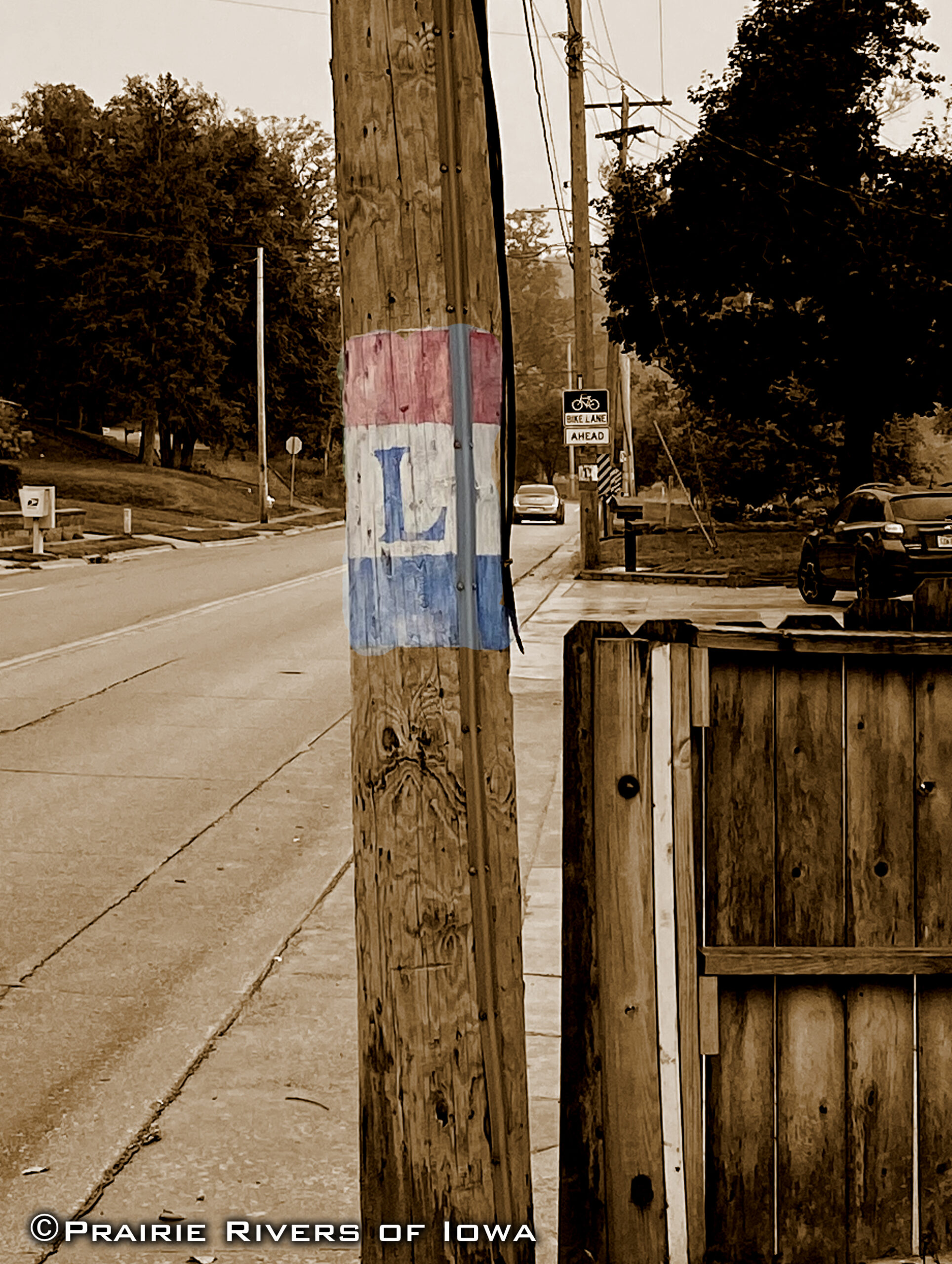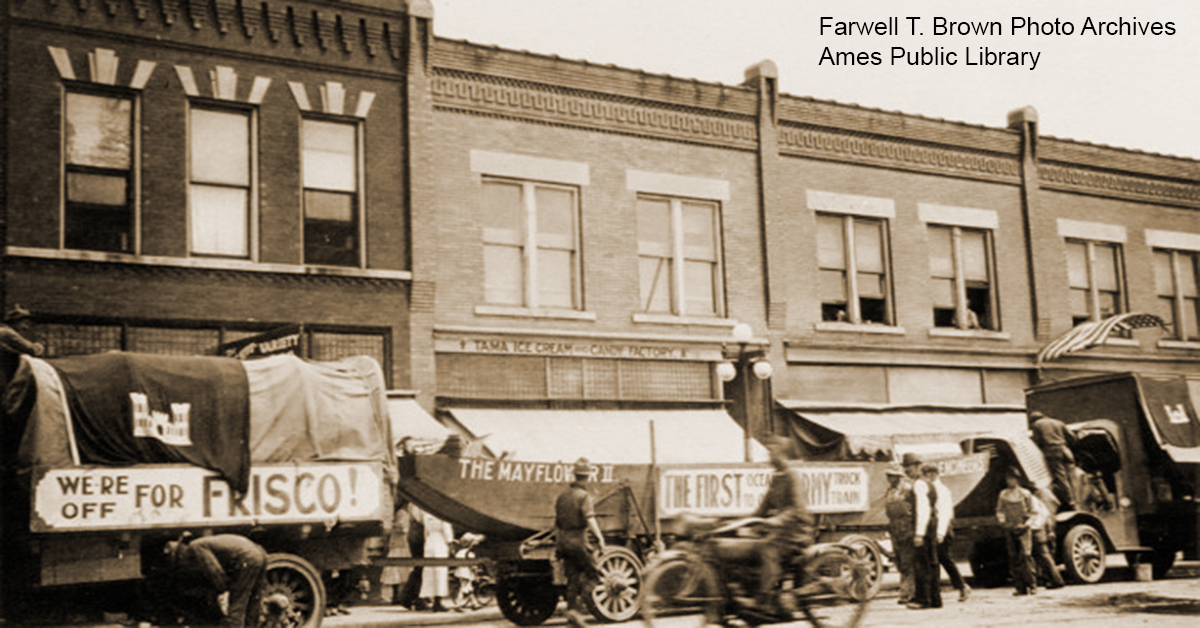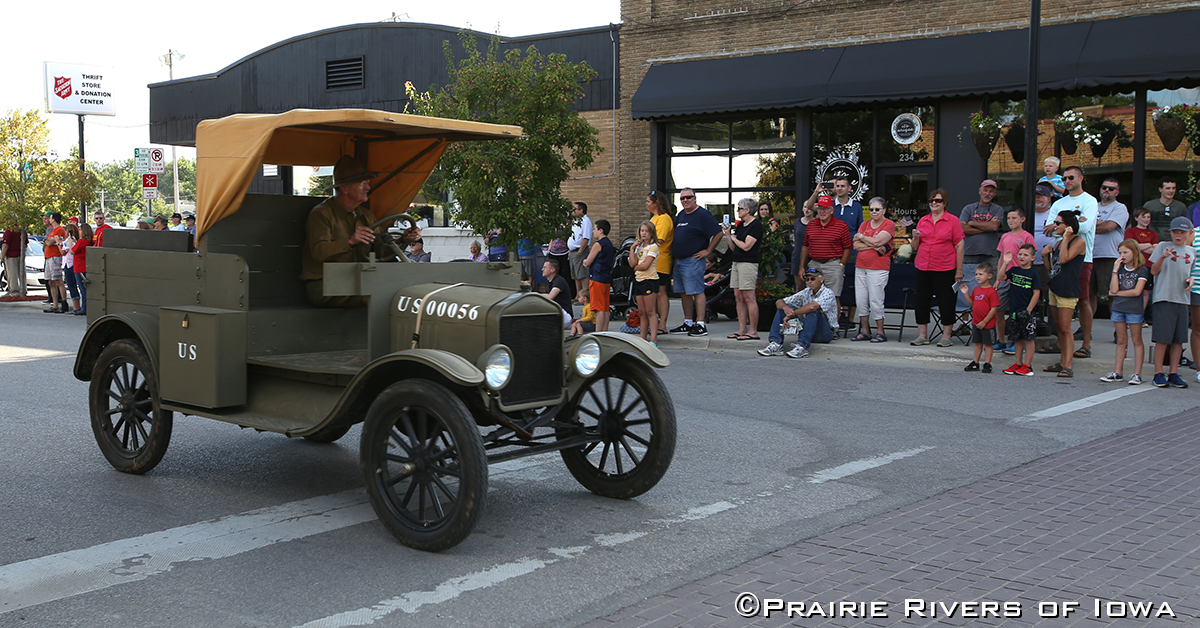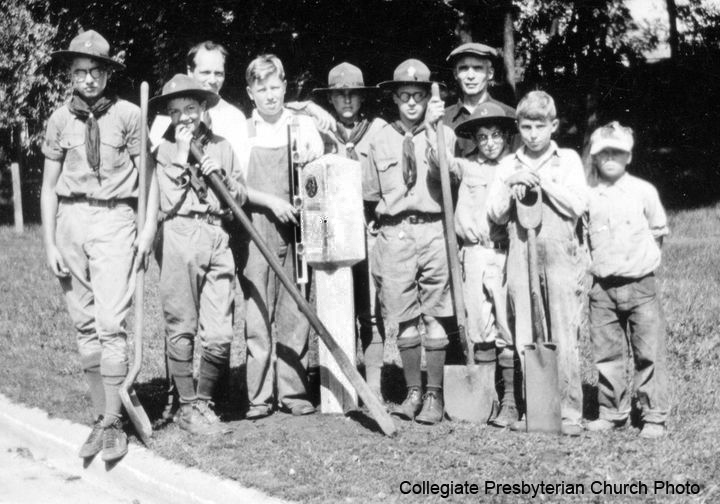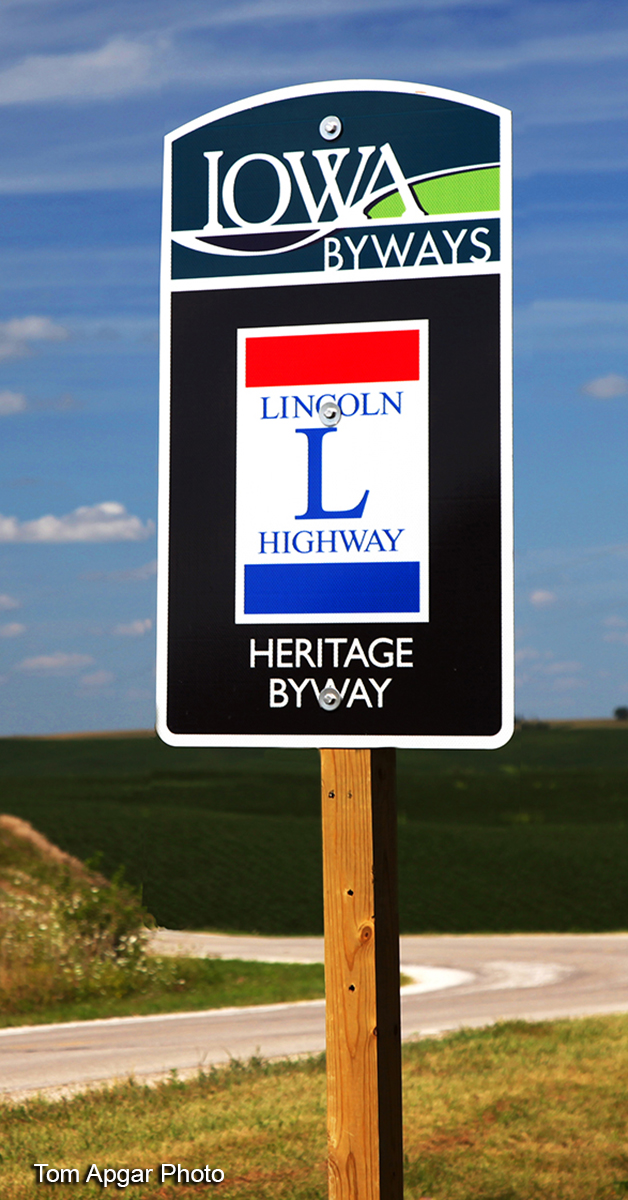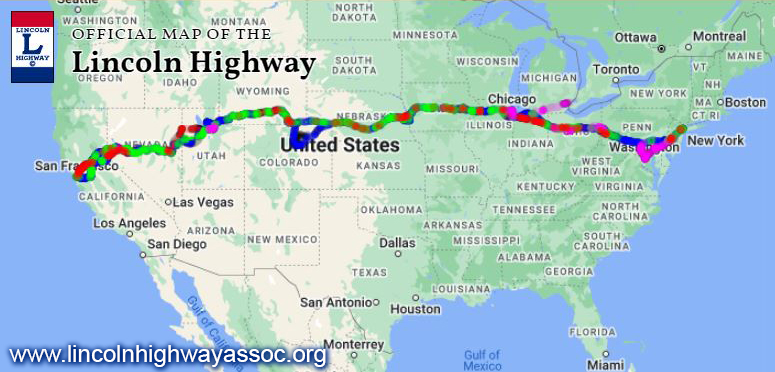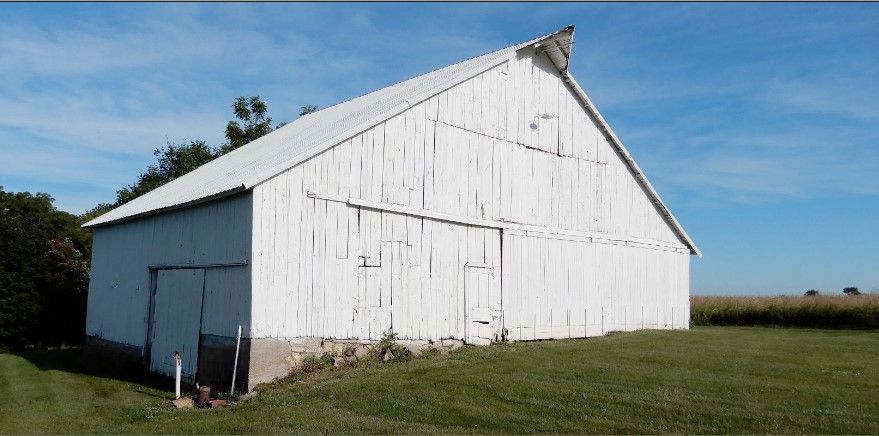
Farm District on the Lincoln Highway is in Danger of Losing National Status
The Meyer’s Farmstead Historic District is located one block north of the Lincoln Highway Heritage Byway in Lisbon. The Farm District is part of the Pleasant Grove Heritage Park. It is a two block walk from Lincoln Square Park which is located in the heart of the Lisbon Main Street Historic District. The Farmstead, the Lincoln Highway Heritage Byway, and the Main Street Historic District are all nationally recognized as significant to the history of development in America. Iowa’s travel industry is focusing on Agritourism in 2024. It is more important than ever to realize the value of our history, our stories, and how they are being told.
15.33 acres of the Meyer farm was sold to the City of Lisbon for the development of a park in 2019. For the next six years the City of Lisbon, the Lisbon Historic Preservation Commission (LHPC), and the Lisbon Parks and Recreation have been developing the Heritage Area. From a catch-and-release pond to tours of the farmstead, the plan is in motion.
A top priority for the Preservation Commission was to get the Meyers Farmstead listed on the National Register of Historic Places. The farmstead collective was deemed significant for important agricultural trends of livestock and dairy farming in the late 19th and early 20th centuries and was listed in 2021. The agricultural buildings are significant as they represent the rarity of buildings still existing from that time period. They are also significant representives of adaptive uses as the industry changed (NRHP listing for Meyers Farmstead).
Now on the National Register of Historic Places, the Preservation Commission was now looking for help and partners. In August of 2023, the Pleasant Grove Heritage Park including the Meyers Farmstead Historic District was named an emerging site with the Silos & Smokestacks National Heritage Area (SSNHA). The SSNHA is an organization under the umbrella of the National Park Service. The SSNHA’s mission is “to preserve and tell the story of American agriculture and its global significance.” They connect partners and resources with the goal of creating a consistent professional preservation and interpretation standard. This was exactly what the Preservation Commission needed.
The plan for the natural landscape at the Heritage Park progressed quickly when a REAP grant was awarded last November. The grant will be used to reconstruct 10 acres of diverse tallgrass prairie. The prairie will contribute to the farm’s story from prairie to farm. It will also improve water quality and wildlife habitat. The planting is scheduled for May 2024.
Finally, in November of last year, the The Mount Vernon-Lisbon Sun reported that the Lisbon City Council approved a contract between the Lisbon Historic Preservation Commission (LHPC) and the City of Lisbon with OPN Architects. The contract is to prepare a preservation plan for the barns in the Historic District. Rebecca Hess from LHPC described perfectly what the barns had endured, “The two barns and corncrib/hog house survived the tornado of 1908, the derecho of 2020, and the F2 tornado of 2023. Our goal is to ensure their structural integrity in order to preserve them for future generations.” Under the preservation plan, each of the three historic barns would have its own plan for rehabilitation created by professionals in historic preservation following historic preservation standards. Progress for the development of the park was coming together.
Fast forward to mid-March of this year. The City of Lisbon and the Lisbon Historic Preservation Commission (LHPC) were told by the city’s insurance company to demolish two of the barns and fence the third one. The barns would no longer be covered for liability by the insurance company. No one disputes that the barns should be fenced off from public access until they can be fully rehabilitated. If the barns are demolished, the Meyers Farmstead Historic District will lose the designation of National Historic Register status, the Silos & Smokestacks support, and the means to receive any grants to help rehabilitate any of the barns. This would be a huge setback for the development of the Heritage Park.
Marc Mohn from the Preservation Commission sums up the current status of the Historic District on their Facebook page: “The Lisbon Historic Preservation Commission (LHPC) is working closely with the City of Lisbon to find a solution for the insurance issues presented by the barns at the Pleasant Grove Heritage Park. The commission is meeting with city officials and contractors to gather and communicate information to stakeholders in a tireless effort to preserve and protect these unique structures, along with the history and character they bring to our community. Our goal has always been and will continue to be the preservation of Lisbon History to draw visitors, revenue, and strengthen the community’s sense of identity and place.”
The City Council meets on May 13 to decide the fate of these barns. The location of the Meyer Farmstead Historic District along the Historic Lincoln Highway and blocks from the Lisbon Main St Historic District is ideal for telling the Agritourism story. The story will be incomplete without them. If you would like to voice your support for rehabilitation of the three nationally significant barns in Lisbon you can email the mayor and city council members directly. You can also plan on attending the May 13 Council meeting at Lisbon City Hall. You can comment here as well.
Thank you to The Lisbon Historic Preservation Commission for the photos and information, to the “Mount Vernon-Lisbon Sun” for their responsive reporting on preservation efforts, to the Silos & Smokestacks organization for their support and logo use, and to all of those who support the Lincoln Highway Heritage Byway and Agricultural Heritage locally, regionally, or nationally. –See you on the byway!

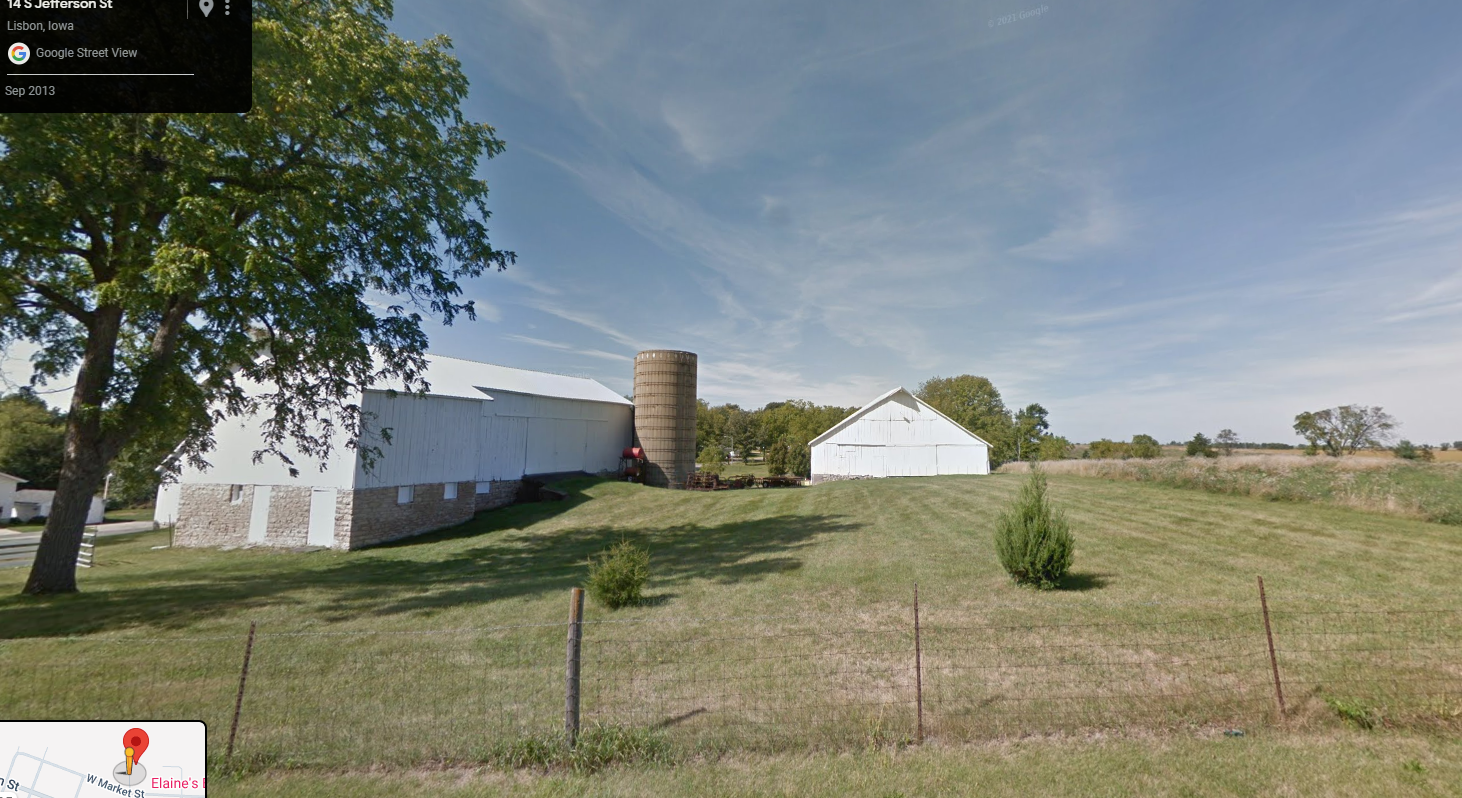
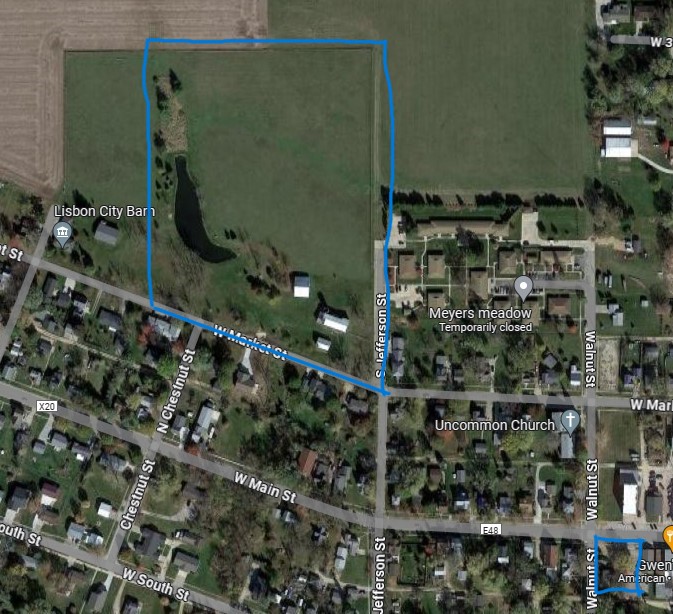
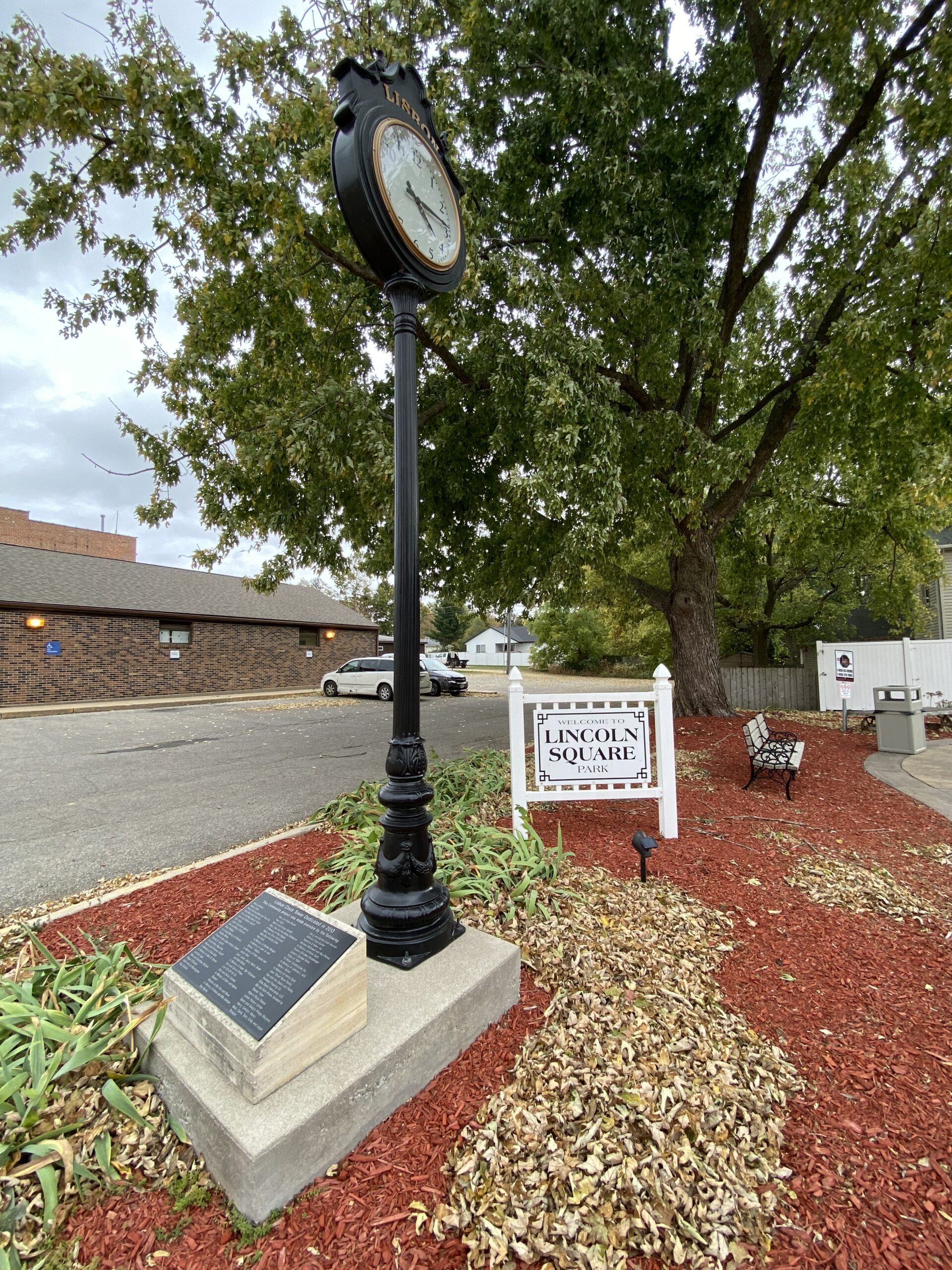
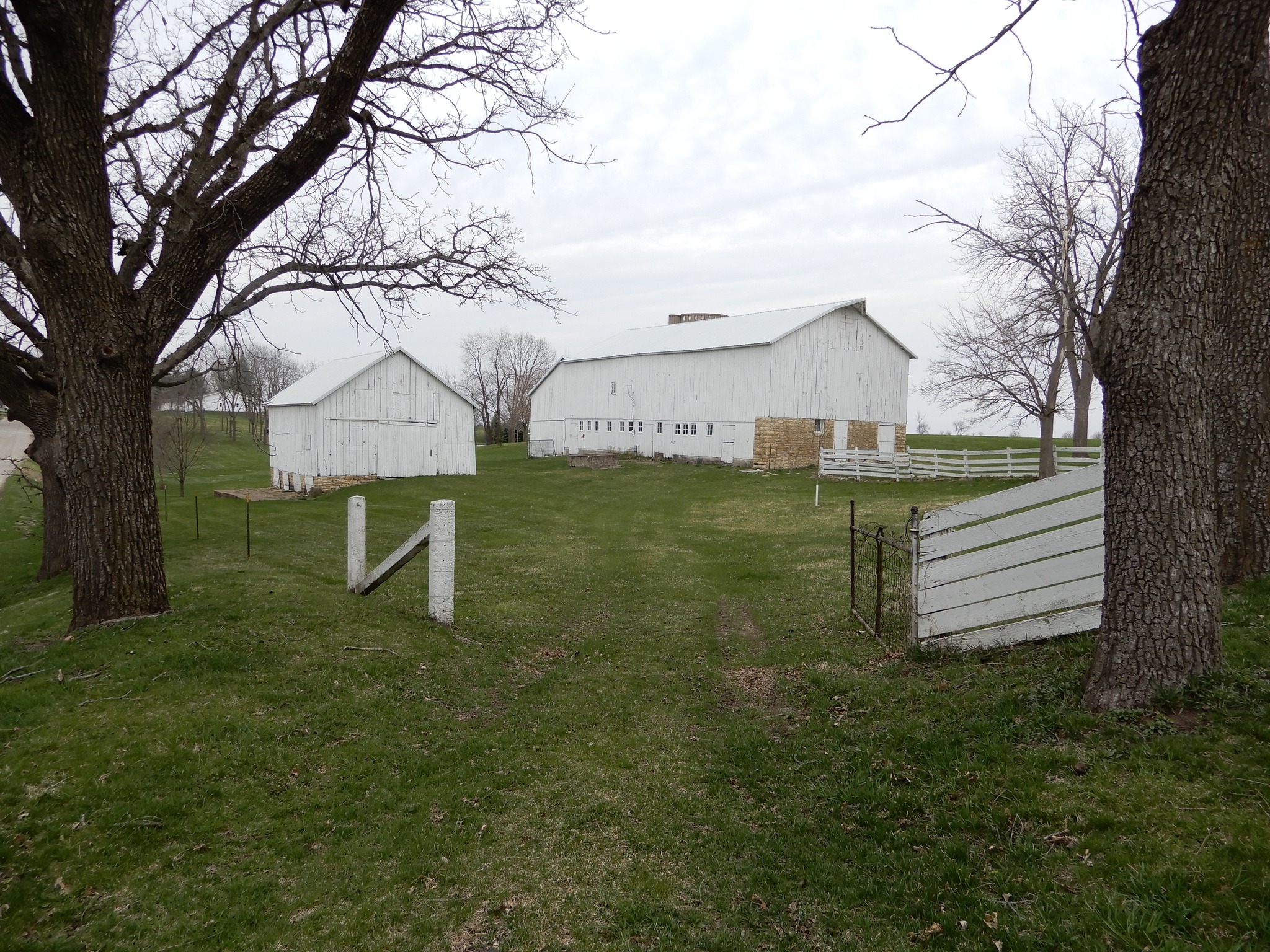


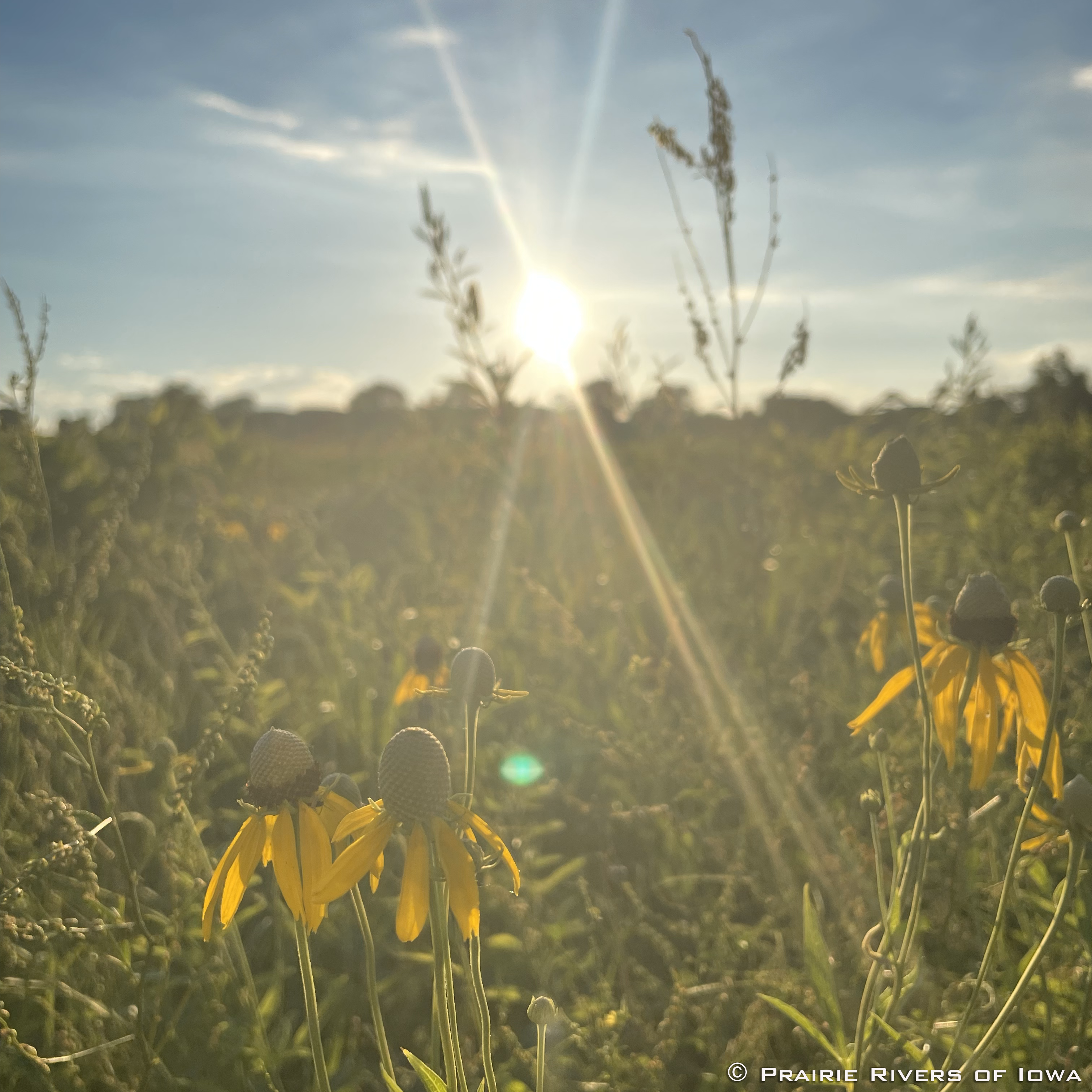
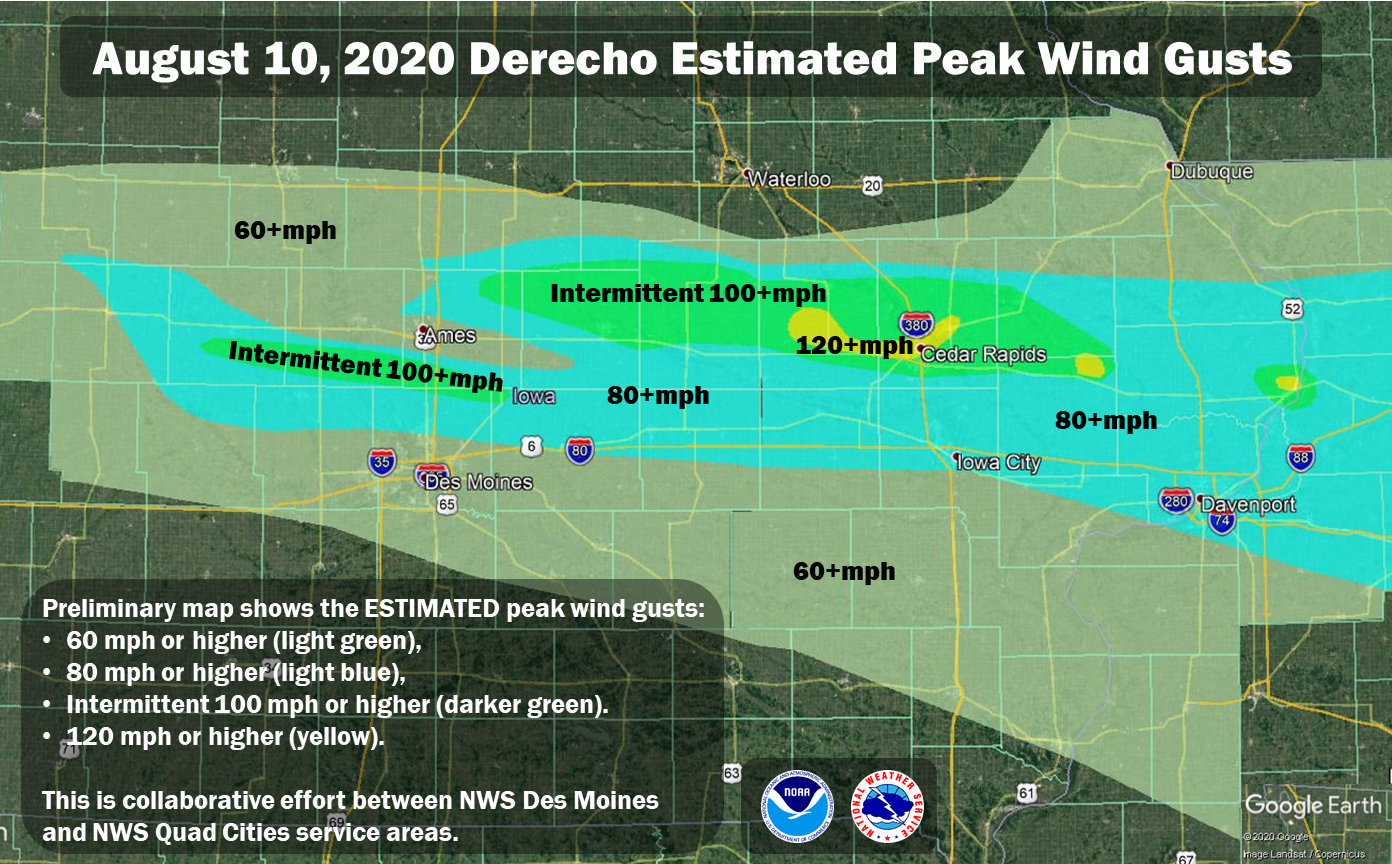
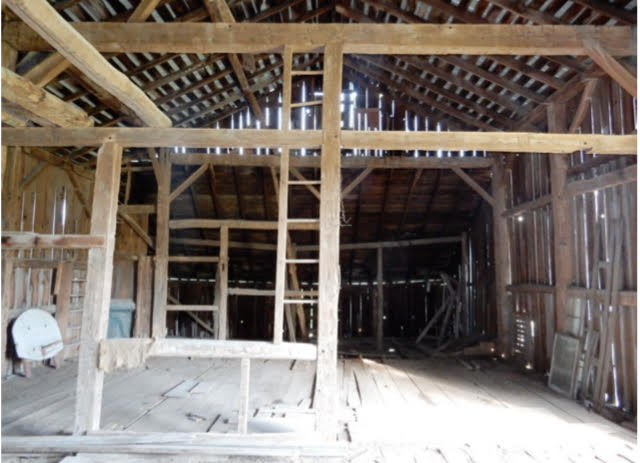
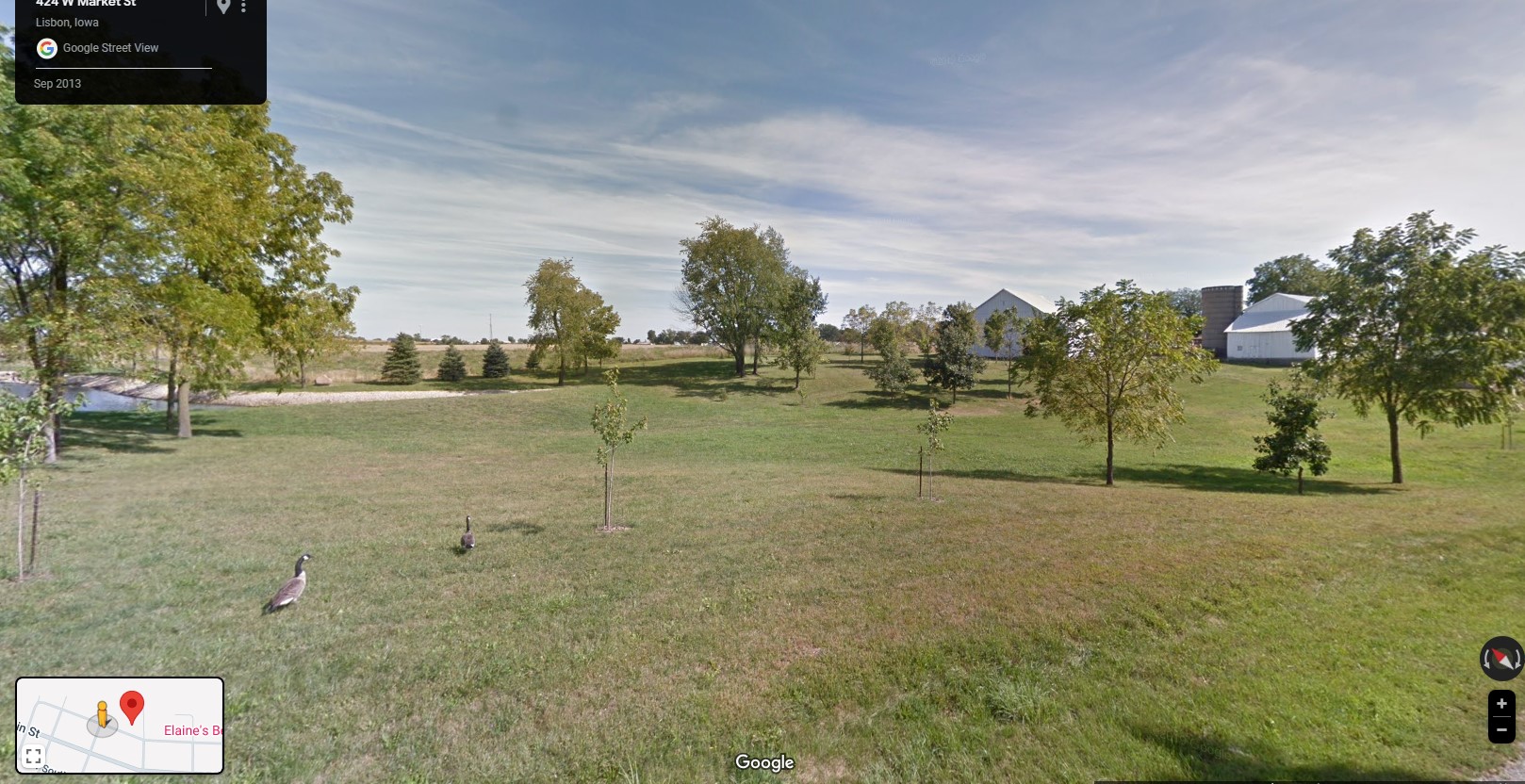


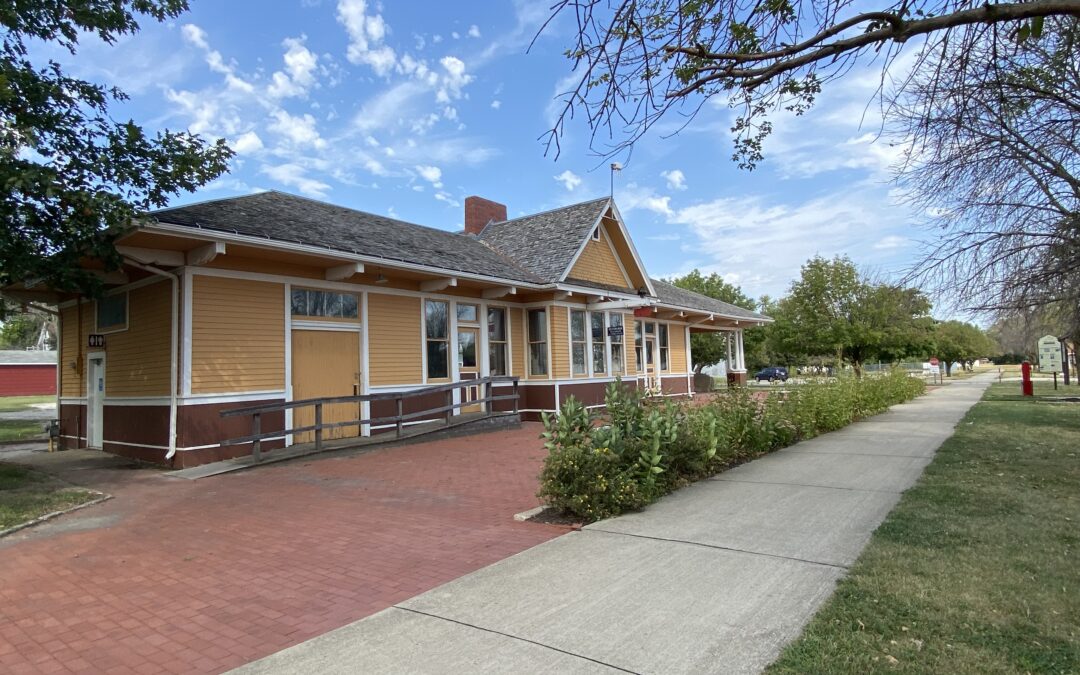
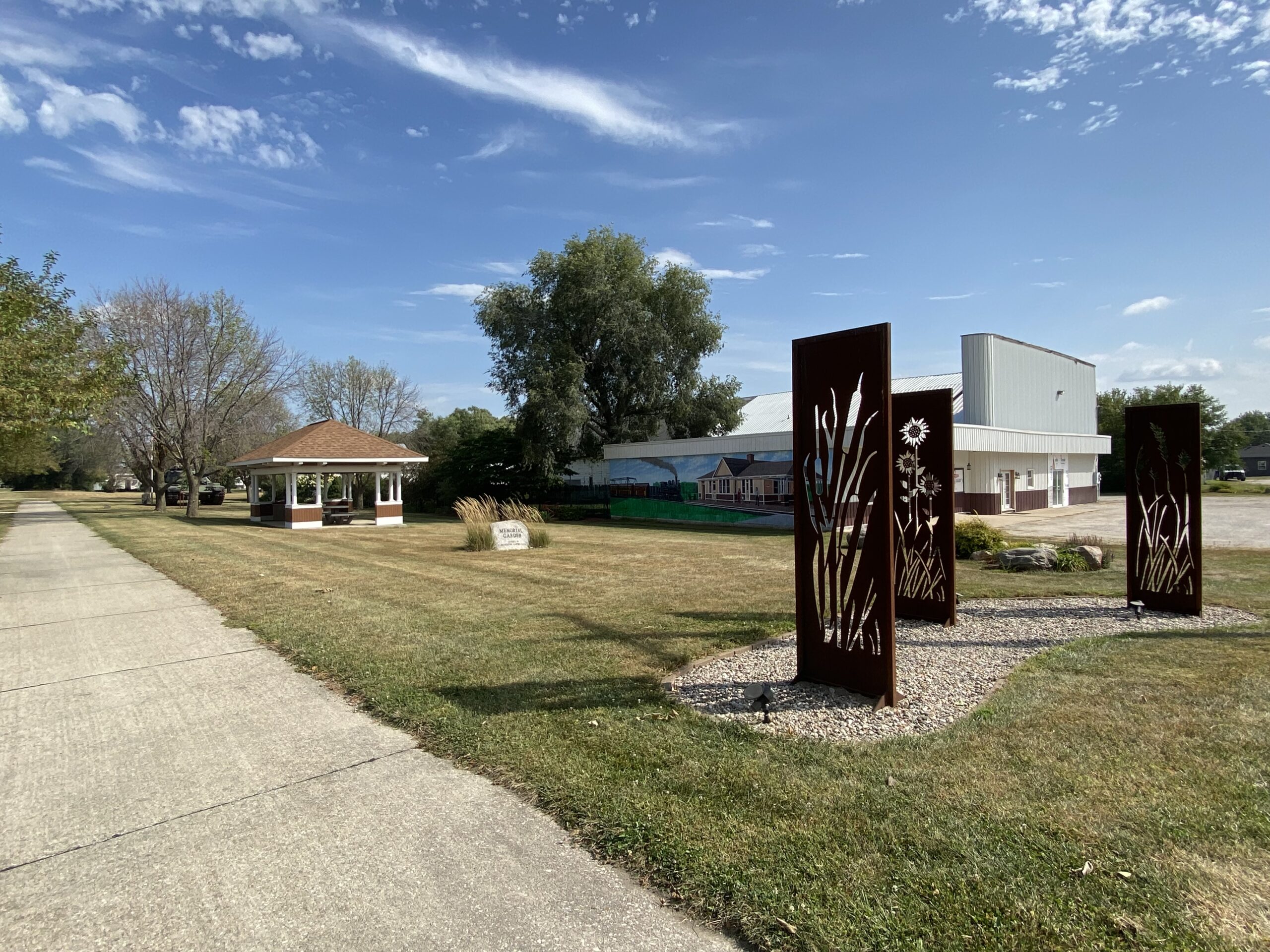
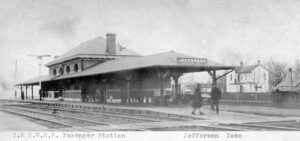
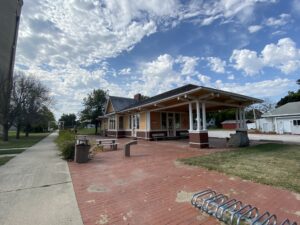
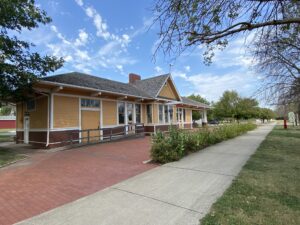 The Lincoln Highway Cruises In
The Lincoln Highway Cruises In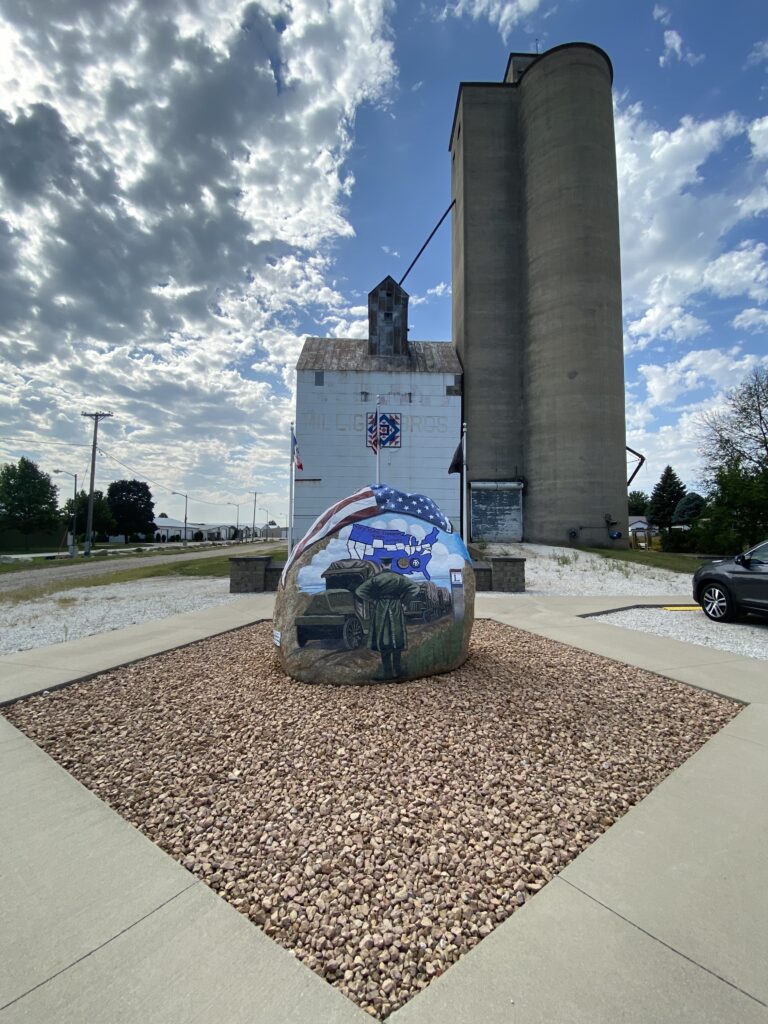
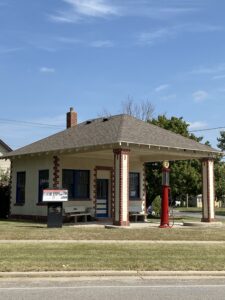
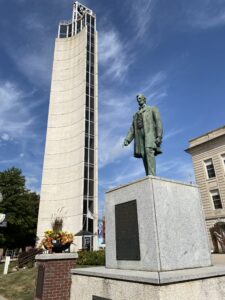 At the center of the town square is the Greene County Courthouse, the Abraham Lincoln Statue, a 1928 Lincoln Highway Marker, and the
At the center of the town square is the Greene County Courthouse, the Abraham Lincoln Statue, a 1928 Lincoln Highway Marker, and the 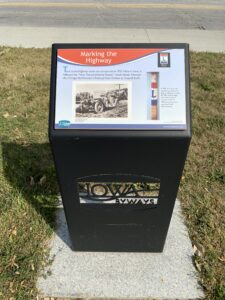
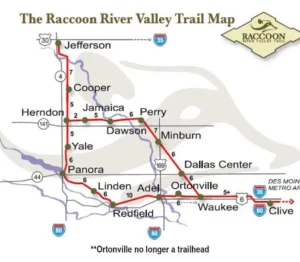 The Raccoon River Valley Trail is nationally recognized as an exceptional rails-to-trails conversion and was a 2021 inductee into the rail-trail Hall of Fame. It has the longest paved loop trail in the nation and connects 14 Iowa communities with a unique outdoor recreational experience. Visit their
The Raccoon River Valley Trail is nationally recognized as an exceptional rails-to-trails conversion and was a 2021 inductee into the rail-trail Hall of Fame. It has the longest paved loop trail in the nation and connects 14 Iowa communities with a unique outdoor recreational experience. Visit their 
